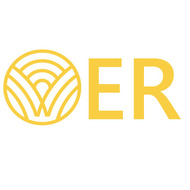Unlocking Literacy for Students with Disabilities: 4 of 4 - Emergent Writing
(View Complete Item Description)How do students with physical disabilities learn to write? In what ways can non-speaking students express the stories they have to share? Module 4 describes how students with complex communication and physical access needs can participate in emergent writing. The tools and strategies demonstrated in this module will provide teachers with guidance on how to support students with writing. These tools and strategies will enable students to express ideas and share their learning. Module 4 consists of the following sections:Introducing Emergent WritingPredictable Paths Toward WritingUsing Alternative Pencils for WritingUsing Eye Gaze Boards for WritingSpelling on High Tech - Keyboards & Phonetic KeyboardsCelebrating Student WritingWriting Implementation IdeasPairing Writing with PicturesPredictable Chart WritingEmergent Writing GoalsCommon Core Standards ReflectionResearch
Material Type: Module



















